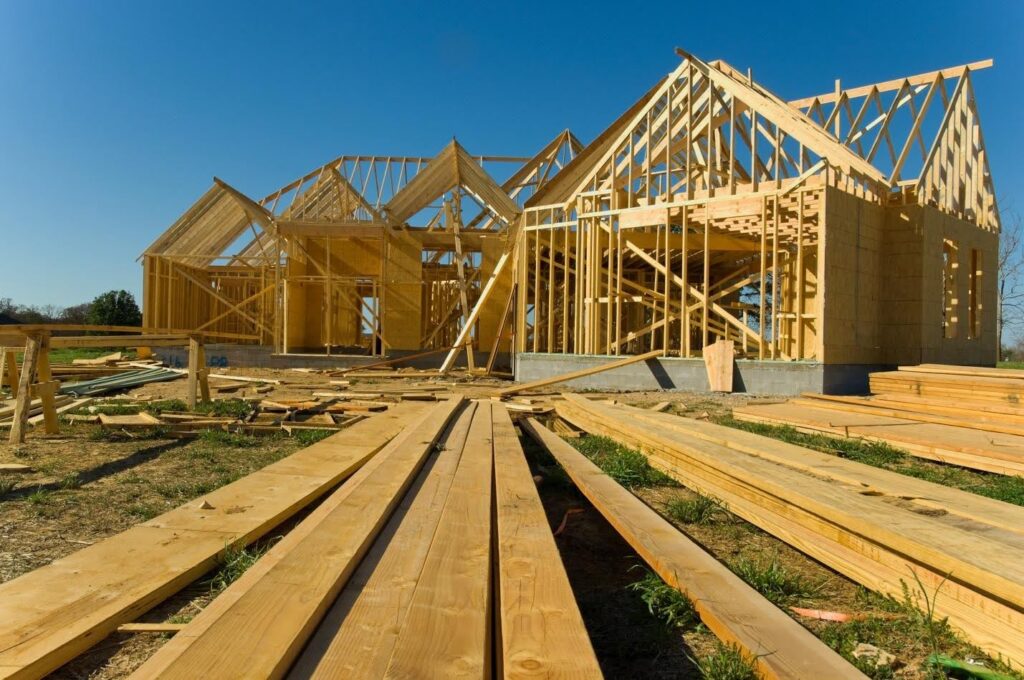The increasing frequency and intensity of earthquakes worldwide present engineers and architects with the challenge of developing buildings that can withstand the immense forces of these natural phenomena. Modern techniques for earthquake safety in high-rise construction are crucial to minimizing the risk of damage and ensuring the safety of occupants. These techniques combine innovative materials and advanced engineering methods to create structures capable of withstanding seismic activity. In addition to technical innovation, other sectors can also benefit from a similar pursuit of excellence and safety. For instance, Stonevegas has focused on providing not only an entertaining but also a safe and responsible gaming experience by utilizing modern technologies to ensure user satisfaction and well-being.
One of the fundamental techniques for earthquake safety is the use of seismic isolators. These devices are installed at the base of buildings and act like shock absorbers that absorb ground movements caused by an earthquake. This minimizes the transmission of vibrations to the building, significantly improving structural integrity. Seismic isolators are particularly effective in regions with high seismic activity and are often used in hospitals, schools, and other critical infrastructures.
In addition to seismic isolation, vibration damping plays a key role in earthquake safety. Modern damping systems integrated into a building’s structure help absorb and distribute the energy of earthquake movements. These systems can consist of fluid-filled dampers or steel braces strategically placed throughout the structure to reduce vibrational energy and lower the risk of structural damage.
The use of reinforced building materials is another essential technique. High-strength concrete and steel constructions are better able to withstand the forces of an earthquake. These materials are often equipped with special reinforcements to increase their tensile and compressive strength. Engineers also employ fiber-reinforced composites to strengthen existing structures without significantly increasing weight. These materials provide tremendous advantages in terms of strength and flexibility, which are crucial for absorbing the dynamic loads of an earthquake.

Another innovative approach is designing buildings with flexible structures. Instead of rigid constructions, designs that allow for some movement are preferred, so the building can follow the ground movements without breaking. This flexibility is often achieved through the use of special connectors between structural components that can bend or shift under load.
Moreover, advanced computer modeling is an indispensable tool in planning earthquake-resistant buildings. Modern software enables engineers to create detailed simulations of the impacts of earthquakes on structures. These simulations help identify weaknesses and optimize the construction accordingly. They also allow for testing various design solutions to determine the most effective method for earthquake safety.
The use of sensors and monitoring technology also plays an important role. Integrated sensors in buildings can provide real-time data on movements and structural stresses. This information is critical for quickly assessing a building’s condition after an earthquake and taking necessary safety measures. Such technologies allow for proactive maintenance and early detection of potential problems, thereby enhancing safety and extending the structure’s lifespan.
In summary, modern techniques for earthquake safety in high-rise construction represent a combination of innovative materials, advanced engineering methods, and cutting-edge technology. These approaches are essential for ensuring the safety of occupants and increasing the resilience of buildings in seismically active regions. As technological development in the construction industry continues to progress, the goal remains to create safe and sustainable structures capable of withstanding the forces of nature. By applying these modern techniques, architects and engineers can not only enhance safety but also strengthen public confidence in the built environment.
